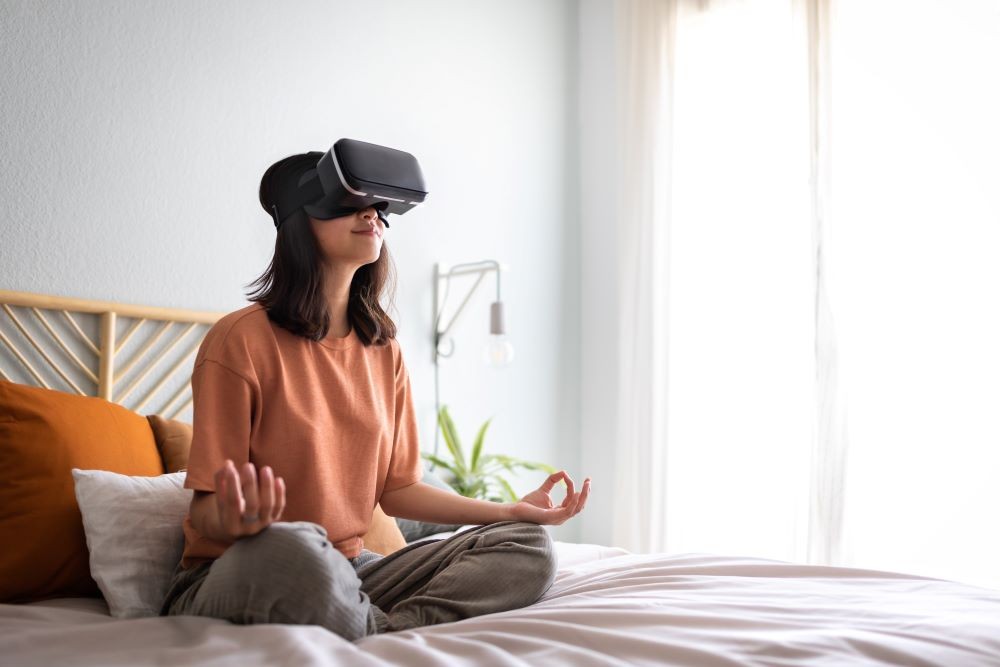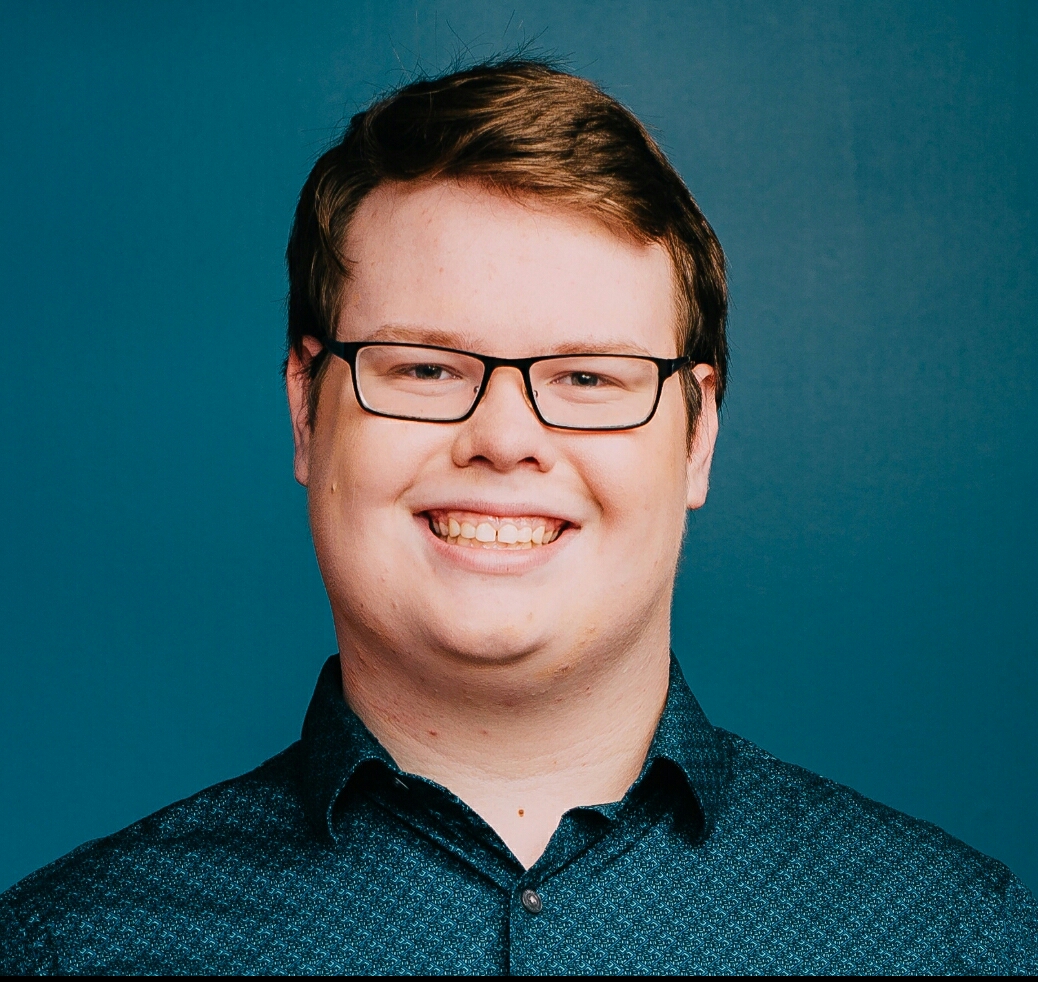Discussions around wellness in the meetings and events industry have become more prominent in recent years. According to a 2023 report from the Global Wellness Institute, the global wellness market has nearly doubled since 2020, with the global wellness economy expected to be valued at over $7 trillion in 2025.
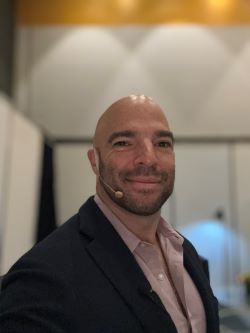
It’s no surprise that there’s an ever-growing demand for wellness. A 2023 survey from the American Psychological Association suggests that more adults are experiencing increased stress.
Even though the demand for wellness is likely going to continue to increase, don’t expect the industry to be stagnant. Wellness is going to change and grow over time, especially in relation to how planners incorporate wellness into events and how attendees expect wellness to be incorporated.
David T. Stevens is a longtime corporate event planner and wellness expert who is the wellness architect and co-founder of Olympian Meeting, a wellness-first meetings and events agency and consulting firm. Stevens speaks regularly on the topic of wellness and has also been the “Fittest Male Event Prof” for six years in a row.
To stay ahead of the curve, here are four insights from Stevens that suggest how wellness will change over time in the meetings and events industry.
[Related: Fast Forward - The Future of Wellness in the MICE Industry]
New Technology
With event technology advancing at a rapid pace, there are many opportunities to take advantage of new tech that can give your attendees a better wellness experience.
One of these technologies is projection mapping, which utilizes laser projections to create new, immersive experiences in your event venue. Oftentimes, just looking at something soothing such as a forest or an ocean can help attendees feel calmer and more relaxed during an event. Projection mapping allows planners to make attendees feel as if they are in a soothing environment without leaving the convention center or hotel. Even if you don’t have access to a serene natural destination, projection mapping can help your attendees feel a bit more at ease.
Virtual reality (VR) and augmented reality (AR) can also be utilized to create wellness experiences. Stevens suggests VR or AR headsets can be used to provide attendees with guided workouts without having to leave their hotel room. These workouts can be done on-demand at any point throughout the event, so attendees can work out whenever it’s most convenient.
“You could do a virtual class in your room where you can be transported to a different place, so that when you go back to the conference the next day, you’re in the right mindset,” Stevens said. “Or you come back to your room on your lunch, and you put the headset on, and you do a 10-minute meditation where [you feel like] you’re sitting on top of a mountain in Hawaii watching a sunset. VR and AR can be very powerful.”
Stevens also suggests utilizing AI, but not within the actual event itself. Instead, he’s found the best use of AI to be doing mundane tasks during the event planning process, to allow more time to focus on planning the event. AI can not only help alleviate stress on meeting and event planners in the lead-up to an event, but it also allows more time for the event planner to dedicate to the event, making the entire event better as a result. While many planners might still be weary of incorporating AI into their workflow, the time and energy it can help save during the planning process will prove to be useful in the years ahead.
Stevens says he utilizes AI in his own work with wellness consulting, having trained a wellness GPT to be able to produce copy and transcripts for his various social media and podcast promotions. Training an AI program to give you information related to your event workflow can make your event planning process much more efficient, especially as AI programs such as ChatGPT and Google Gemini become more advanced and able to adapt to new inputs more easily.
Energy Over Exhaustion
Despite wellness being top-of-mind for many planners and attendees, Stevens says that most events leave people exhausted rather than energized.
So how can meeting planners help attendees feel less drained? One way is to prioritize sleep during an event and incentivize attendees to prioritize their sleep. Many activities that one might associate with networking, such as late-night drinks or events, can mess with the brain’s ability to produce melatonin, leading to lower quality of sleep. As more attendees focus on their well-being during events, these late-night activities (especially involving alcohol) are going to become less and less popular.
Other times it can be the wellness sessions themselves that leave attendees tired. Yoga and meditation at 6 a.m. look great on an event schedule but having mandatory sessions that early in the morning (even ones dedicated to wellness) can leave attendees feeling sluggish for the rest of the day. Focusing on sleep and allowing attendees enough time to rest during an event is becoming more of a priority and can help your attendees be more alert during your meeting.
The Need for Breaks
According to the National Institute of Mental Health, 4.4% of U.S. adults aged 18-44 have been diagnosed with ADHD. That means that nearly 1 in 20 of your event’s attendees will be diagnosed with ADHD, making it extremely difficult for them to focus during the event. And even for people without an ADHD diagnosis, frequent breaks can help them become more engaged and less “zoned out” during key moments of your event.
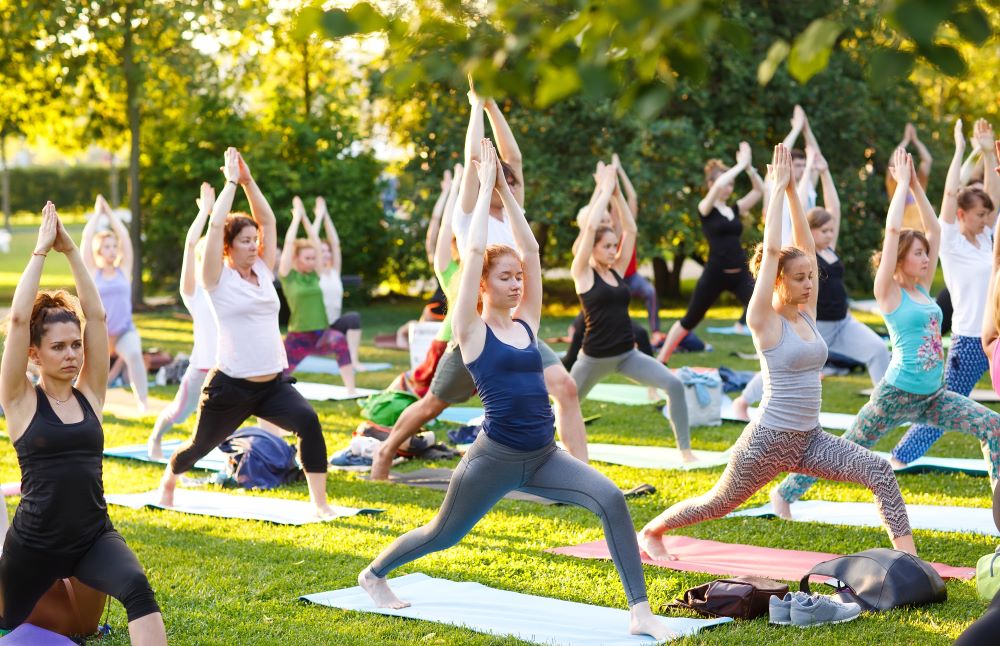
Planners should start building frequent breaks into their event schedule, and ideally having those breaks focus on a specific wellness activity rather than just general “free time.” This can be anything from dedicated “hydration” or “breathing” time, which will help attendees use that built-in free time to adequately rest and recover before the next education or network session. This will make your event attendees much more likely to retain information and form lasting connections during the event.
“If you put a block of time in there that says ‘wellness/self-care,’ that communicates to your attendees that you want them to disconnect,” Stevens said. “You’re not trying to get them to schedule meetings or catch up on email or things of that nature. Whereas, if it just says ‘free time,’ nobody’s going to go work out unless they’re that person [already].”
Additionally, try and avoid having sessions that go for too long without a scheduled break. A one-hour keynote session looks great on an event schedule, but no matter how engaging your speaker is, many in the audience may lose focus around the 15–30-minute mark. Try to make these sessions more interactive so attendees aren’t sitting for an hour, or build in short breaks during the sessions to allow attendees to come back with renewed energy and focus.
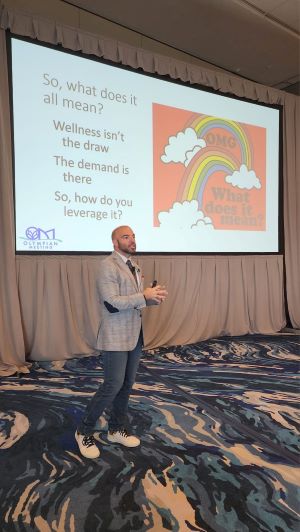
Authenticity in Wellness
While wellness has been dominated by fitness influencers and gurus in recent years, recent trends suggest that what people really want to engage with is sincere and authentic wellness practices. Oftentimes, people can tell when they’re being advertised or sold to, and the lack of authenticity in the wellness space is something that is quickly going to change in the coming years.
Even though Stevens himself could be described as a “wellness influencer” by some, he also recognizes that people don’t necessarily trust influencers, and what most people want is accredited information backed up by evidence. People tend to trust people over brands most of the time, and planners should keep this in mind when presenting wellness information to attendees.
Attendees are not going to be fans of being sold a particular brand of energy drink or protein powder, but they might be willing to try a few different types of protein powder or be interested in its positive effects. Planners should promote the methodology and research behind a wellness practice instead of a particular brand. This will help your event and wellness advice feel more authentic and will keep you in-line with what many people expect out of wellness-focused initiatives.



